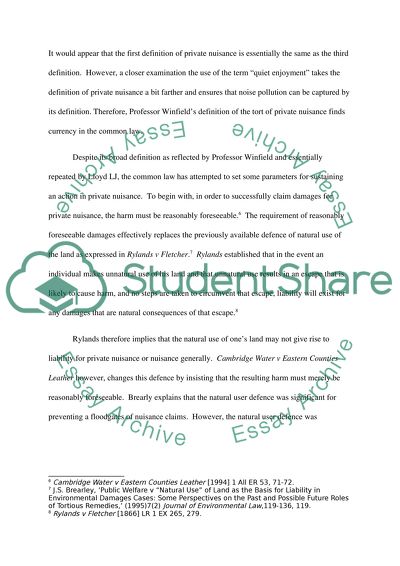Cite this document
(“Law of Tort Coursework Example | Topics and Well Written Essays - 3500 words”, n.d.)
Retrieved from https://studentshare.org/finance-accounting/1411933-law-of-tort
Retrieved from https://studentshare.org/finance-accounting/1411933-law-of-tort
(Law of Tort Coursework Example | Topics and Well Written Essays - 3500 Words)
https://studentshare.org/finance-accounting/1411933-law-of-tort.
https://studentshare.org/finance-accounting/1411933-law-of-tort.
“Law of Tort Coursework Example | Topics and Well Written Essays - 3500 Words”, n.d. https://studentshare.org/finance-accounting/1411933-law-of-tort.


